
Vampires are an unusual breed. One that will politely ask for permission to enter your home. But don’t mind sinking their fangs into your neck during a midnight stroll. The beginnings of vampire folklore date way back to ancient Greece where necrophobia was out of control. The fear did not subside as time went on, however, and many cultures through-out history practiced superstitious necro-busting rituals. Such as weighing down the dead, burying the dead upside down, severing the dead’s Achilles tendon, crosses, garlic, holy water, you get the picture.
With such a rich and mysterious cross-cultural history, it is no wonder the blood-sucking creatures still capture our attention to this day. Film particularly has become an endless playground for the creatures which includes a vast number of movies procured in the ever-popular horror genre. Solidifying its place in film history with the classic ‘Nosferatu’ directed by the legendary F.W. Murnau.
Vampire films have become more and more deconstructed and subverted as the stories and lore have progressed. The metaphors surrounding vampires are deeply existential. They appeal to the more carnal, dark, and lustful desires of the human heart that must be stabbed through with a stake and defeated or repressed usually by a man of God. But that is merely scratching the surface of these creatures metaphorical and contextual abilities through the immortality of the genre’s literary soul.
As the vampire lore grows through the medium of film so does its various incarnation. As well as the small additions and personal touches each filmmaker brings to the lore in order to accommodate the various metaphors that can be extracted.
Many of the films on this list have subverted the genre perhaps to a breaking point, while others have flown under the radar for one reason or another. In any case, these ten films are worthy of a view from our mortal eyes for the horror and vampire genre enthusiast alike.
1. Last Man On Earth
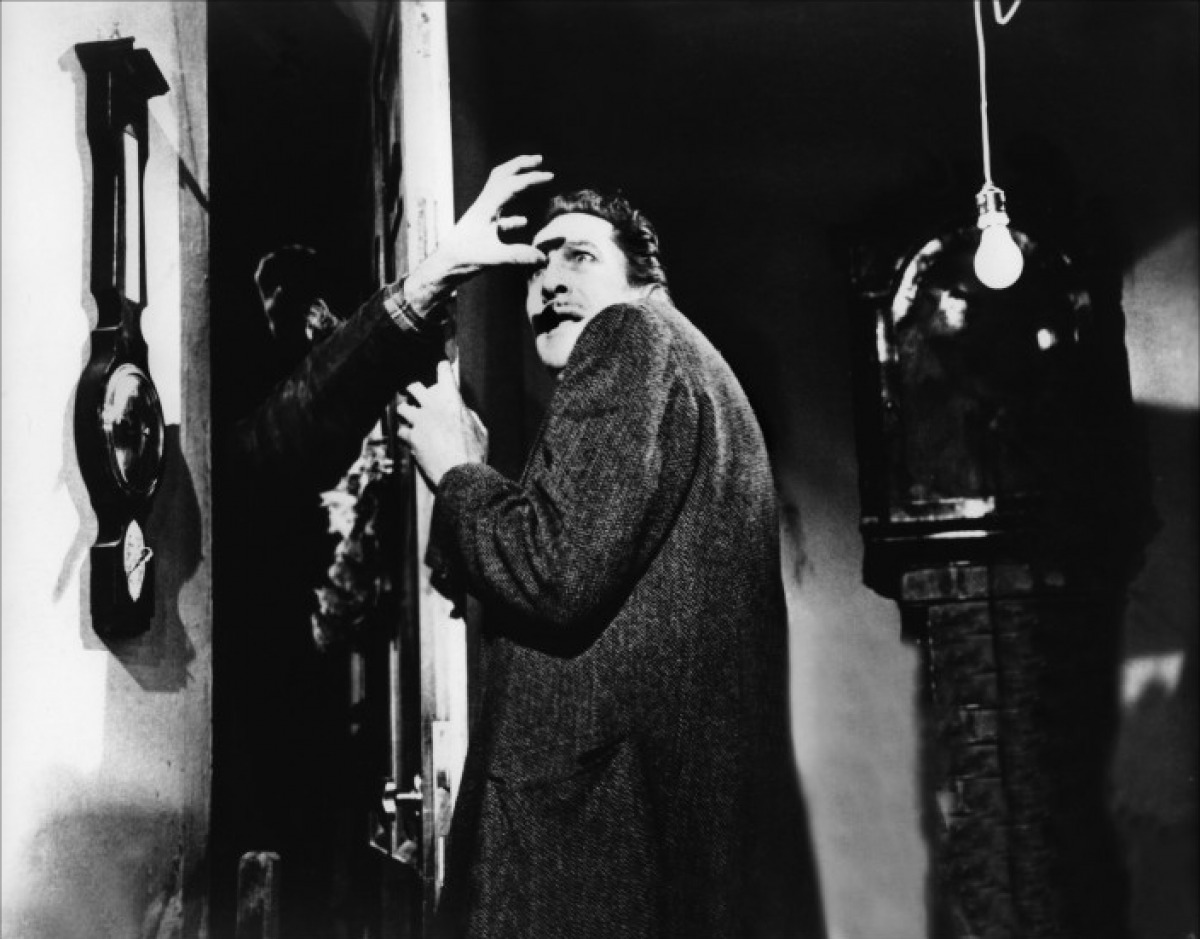
Dr. Robert Morgan, played by the legendary Vincent Price, has a very regimented schedule, wake up early, mark the calendar, hang the garlic, check the generator, and always burn the dead bodies, so they don’t come back as vampires.
Last Man On Earth, directed by Sidney Salkow, takes the first and arguably the best crack at Richard Matheson’s 50’s novel, ‘I am Legend.’ Matheson, who is no stranger to high concept horror and sci-fi, and with entries into the annals of pop culture history such as ‘The Twilight Zone’ and ‘Duel,’ show what a world entirely populated with vampires might look like.
It is the story of one man, Dr. Robert (Neville) Morgan, struggling to deal with this new reality. Life, death, loneliness, what it means to be human, what it means to be a man, racism, ageism, and the failings of science in an indifferent world, as well as many other concepts that are easily extracted.
While Last Man On Earth remains the closest of the three adaptations based on Matheson’s novel, the film still manages to retain many of the themes and ideas presented by its literary companion.
It is unfortunate that not one of the films, including Last Man on Earth, has kept the novels grand and climatic ending. Perhaps the most engaging and revelatory aspects of the journey and character arc the good doctor takes. However, in spite of this one glaring fault, Last Man On Earth remains a great vampire adaptation that if left previously unseen should be considered with now fervor.
2. Valerie And Her Week Of Wonders
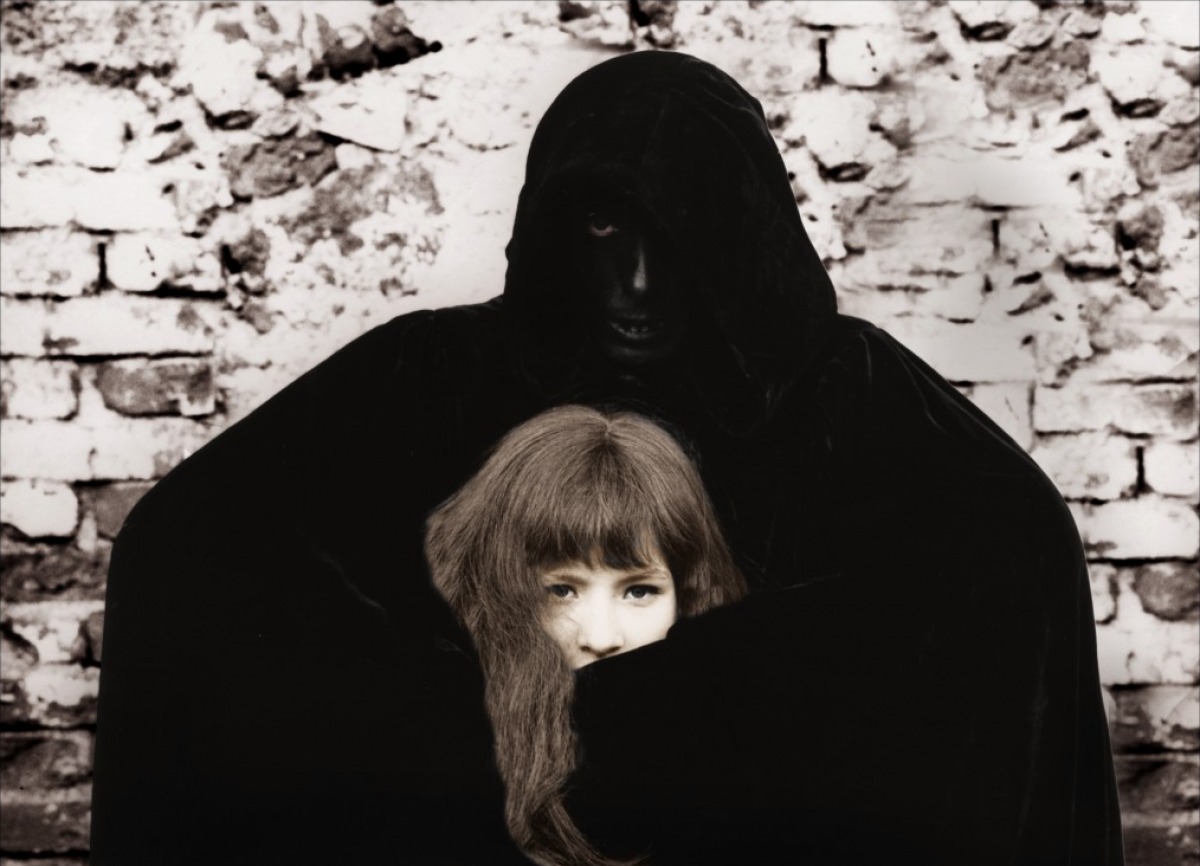
Not wholly a vampire film, Valerie And Her Week Of Wonders, written and directed by Jaromil Jires of the Czech New Wave, presents an enigmatic, Alice in Wonderland-esque fairy tale. The film is about a young girl’s maturity to womanhood and the loss of innocence that comes with such confusing and in this case bizarre, horrific, and surreal tribulations.
Valerie’s tumble down the rabbit hole begins with drops of blood falling on a pure and untouched Daisy which themselves have come to mean purity and innocence. It is a wonderfully artistic representation.
The entire film could rest inside of this singular image. What follows is the untamed and unfettered world of fear and desire. Including all of its guilt and repression represented in religious forms, lustful and lascivious sexual advances in the form of priestly predators, and the sorrow of lost youth in the form of a vampiric grandmother. All surreal and strange entries that don’t even scratch the surface of this dense gothic fable.
Although the film is perhaps only a small sample of the vampire treatment, it still offers dark, macabre visuals and ghoulishly mysterious surrealism that it becomes a worthy entry onto the vampire must-see list.
3. The Hunger
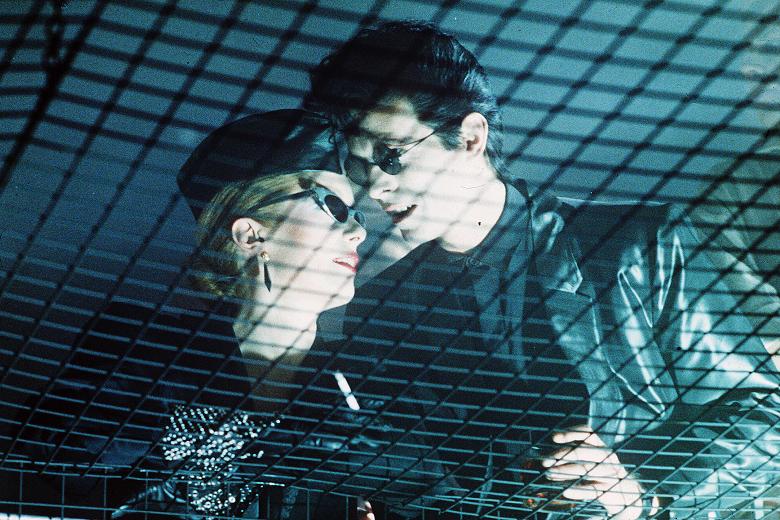
What vampires sometimes lack in essence, they make up for in style. Taking the first page out of Tony Scott’s consistently experimental career. He presents us with The Hunger, a film that often seems less like a cohesive story and more of a fragmented nightmare. This is not to say the movie is weak, far from it.
The Hunger becomes one of those profoundly psychological arthouse films that deals with the same horrific ideas a vampire can often conjure. Such as the terrifying nature of old age and the existential realities of our impending death. Not to mention the unrequited love of Catherine Deneuve as a ruthless vampire that seduces her victims as if she learned her technique from ancient Egyptian manuscripts.
The film is an adaptation of Whitley Strieber’s novel of the same name. In both, the film and the novel vampirism is dealt with in a more hard-boiled way. Attempting to provide some reasoning behind concepts such as extended life and conversely, rapid aging.
Miriam Blaylock, played by Catherine Deneuve, is an attractively insidious vampire. She has been in a long love affair with John Blaylock, played by David Bowie, her human counterpart, who she has kept young for many years with her vampire blood.
However, such things can not last forever, regretfully promised to and repeatedly echoed like a dying mantra from a now rapidly aging Bowie. Unable to bear it, Miss Blaylock puts John to rest in a coffin in the attic where a multitude more have been at rest for much longer.
The Hunger is a punk-rock, phantasmagoria of lust and the primal fear of death. And it effectively and nightmarishly presents the audience with a sense of loss for everything in life that can no longer be grasped with feeble old hands.
4. The Addiction
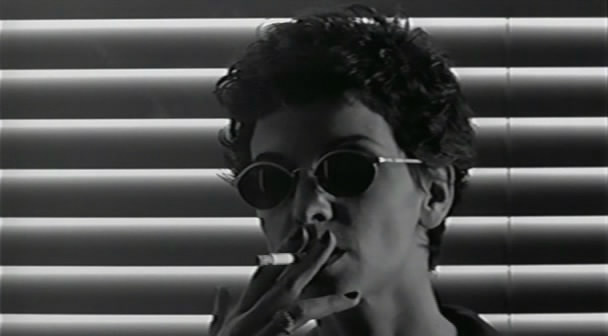
Many of the vampire films on this list as well as the numerous vampire films that spread throughout the horror genre reach for an epic scope in some fashion or another. Either through lavish costumes and sets, blood-soaked visuals and makeup, or through a grand span of time. However, The Addiction, directed by Abel Ferrara, is a bit different. It is an austere and philosophical trip through the urban landscape of 90’s New York City.
With a wholeheartedly incredible performance by Lili Taylor and an appearance by the always great Christopher Walken, who leads our main protagonist back on the road to redemption, the film quickly becomes a profound focus on self-reflection. The film has much to say about the blind prisons that addictions bring to each and every one of us. Shoves it in our faces and rubs our noses in it, effectively using the metaphor of vampirism as a catalyst.
The film can be seen as a nihilistic approach to man inability to enact her own free will due to the pleasures and pains (addictions) life presents us. It can also be seen, however, as a redemptive movie and first step towards putting away the ego, the self, in order to find our higher (true) nature.
5. Only Lovers Left Alive
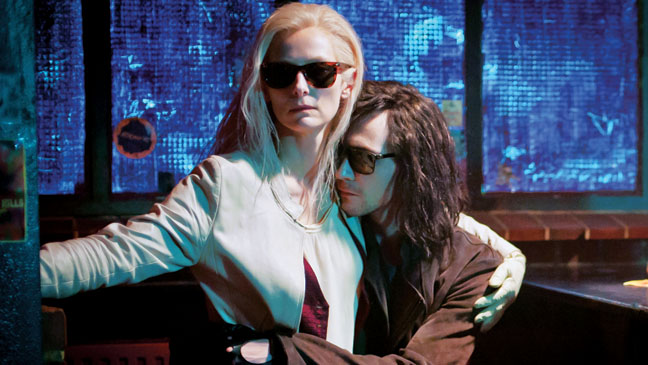
An exciting aspect of the vampire is the specific advantages and disadvantages it has in relation to the typical human. The creature’s strength, speed, and clairvoyance put them on a higher level than humans. However, when the vampires defects are exploited, they can be reduced down to a parasite that ultimately is dependant on humans for survival.
There is a wealth of metaphorical social commentary that can be gleaned from this perspective such as how healthy the host is, is vital in order to reap a healthy vampire. The fear of blood poisoning is a prevalent theme in the film. Mainly when humans are seen as a species that has in effect ruined their water supply. This kind of commentary is reflected upon carefully in wonder like a diamond sized planet emitting a gong like frequency across the cosmos.
As the human race, we need to look only to the ‘lower forms of life’ and limited resources as an important symbiosis if we are to further our own species. It is reflections like this that are not wasted on director Jim Jarmusch’s blood-starved vampire artist who is losing hope in the world around him.
The film takes a close personal character study from the perspective of a reclusive musical artist named Adam, who also happens to be a vampire. He pays good money to stay as far from the world as possible only dealing with two humans, who he calls zombies, to secure him particular wants and needs, such as vintage guitars, blood, and a custom wooden bullet for when he wants to end it all. His longtime partner Eve provides some comfort to him while at the same time bringing other calamities to his doorstep in the form of her out of control sister.
Overall, the film is a fresh, abstract, heady trip that is a welcoming original take on the classic genre. The cinematography is lush and elegant. The mise-en-scene is well thought-out, the soundtrack swells with pensive distortion, and the pacing is perfect. It is a vampire film that will have its audience thinking about it days after as well as it’s stark images that cut deep into the mind’s eye.